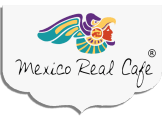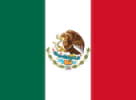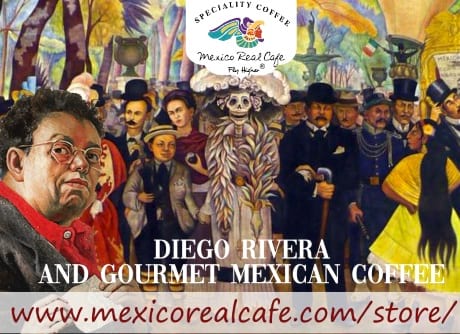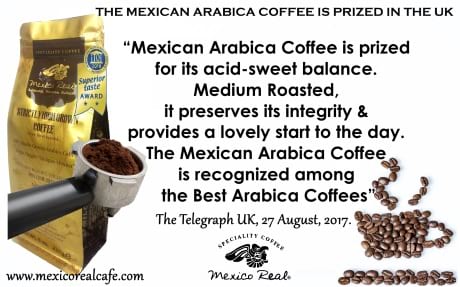ancient, animals, arabica coffee, aroma, art, astronomy, award, belgium, best arabica coffee, best coffee, biosphere reserve, bonampak, cafe mexicano, central america, chiapas coffee, coffee, coffee grown, collection, culture, delicious, drink, elixir, empire, excellent, fascinating, history, influential, Jaguar, lacandon rainforest, maya, maya biosphere reserve, maya chiapas, Maya coffee, maya culture, maya elixir, maya region, mayan, mayan calendar, mayan murals, mayan rainforest, mexican coffee, mexico, mexico coffee, mexico real cafe, moon, mural, mysterious, mystic, nature, ocelot, pacific coffee, palenque, panthera onca, pyramids, quality, quetzal, rainfall, rainforest, shade coffee, sip, soconusco coffee, sun, taste, temples, trees, tropical, volcanic soils, wild, wise, world





1 Comment. Leave new
[…] 1945 to 1951 he painted a series of murals known as “From the Pre-Hispanic Civilization to the Conquest,” his last mural was called “Popular History of […]